V-Fib (Ventricular Fibrillation)
Ventricular Fibrillation is a serious arrhythmia characterized by rapid, erratic electrical impulses in the heart’s ventricles. This leads to ineffective pumping and sudden cardiac arrest. This practice paper focuses on ACLS megacode simulation exercises designed to enhance proficiency in the recognition and management of ventricular fibrillation. By participating, you can prepare better for real-life emergencies.
Hurry, don’t let time run out! 5 mins 00 secs
2/10
Good try!
Now you can give it another shot9/10

